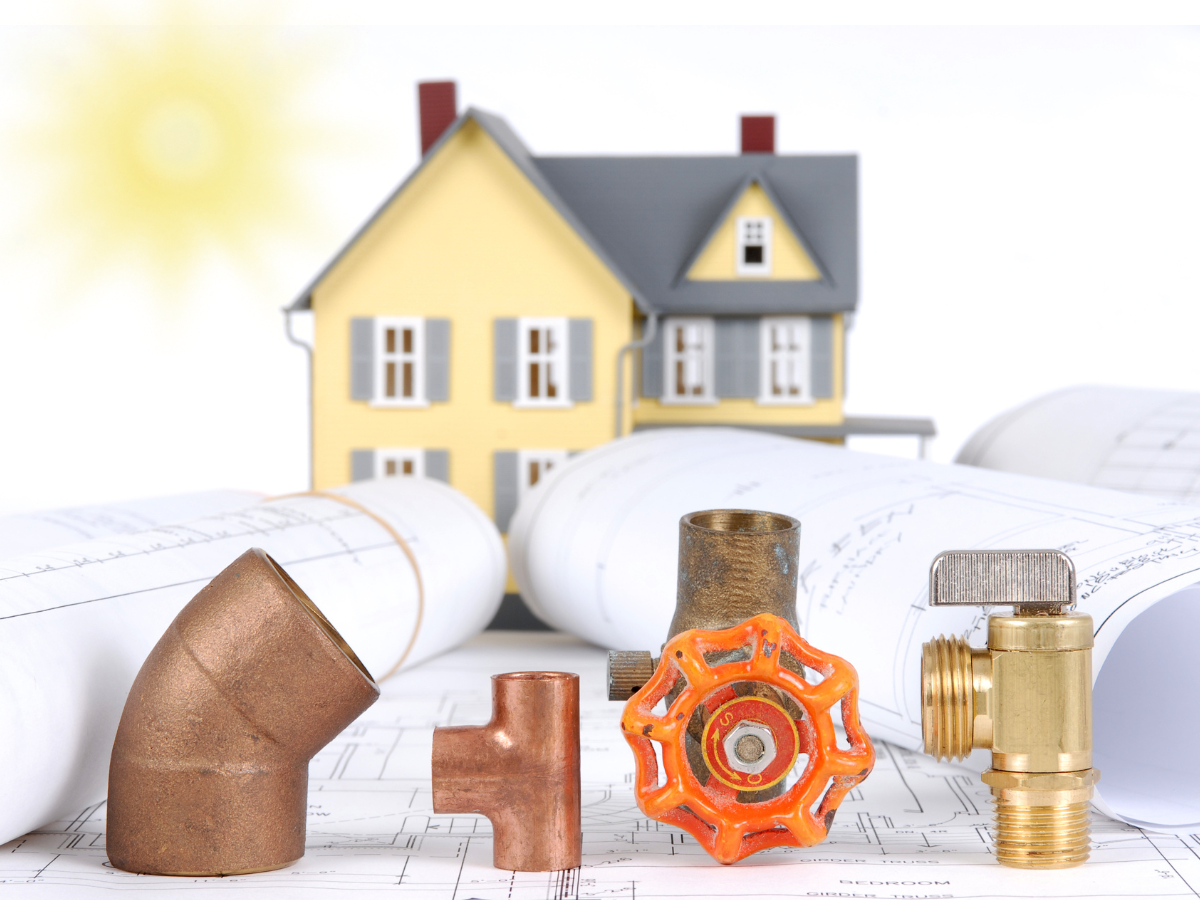Top 8 Plumbing Tips To Reduce Water Consumption
This post was last updated on January 24th, 2025

Summer is quickly approaching.
It’s a critical time for the country’s water supply. Heat causes water to evaporate faster in the air, resulting in less water supply than during other seasons. Conservationists are pushing everyone to employ water-saving techniques as much as possible because availability is limited during summer.
Decades of environmental research have resulted in various water-saving plumbing suggestions that are now widely available. The research has made people more aware of the repercussions of water waste. With this information and awareness, people would be more careful of their water use and adhere to water-saving methods regularly.
8 Water-Saving Plumbing Tips for Your Home
If you want to help save the planet by conserving water, here are some practical plumbing methods from a professional Denver plumbing company that you may use:
1. Turn off your water supply.
One of the most effective home plumbing tips for conserving or saving clean water is to make it a habit to turn off water outlets such as faucets and showerheads when not in use. You would assume that running the water for a few minutes and not using it would be harmless, but you’d be incorrect. For example, leaving the faucet running while brushing your teeth is a typical blunder.
According to the United States Environmental Protection Agency (EPA), each individual in the country wastes an average of eight (8) gallons of clean water when brushing their teeth and keeping the taps running.
2. Understand how to recycle wasted water.
Because of the rising scarcity of water supply worldwide, one of the plumbing ideas that has been around for decades is the concept of recycling spent water. Environmentalists have been researching and educating people on how to recycle water independently.
Recycling wasted water by collecting it in a bucket or basin is one of the most straightforward water-saving strategies. For example, while washing fruits and vegetables, catch the water in a basin rather than scrubbing them immediately under running water. You may reuse the water used to clean, fresh fruit to water your plants, or pre-wash home fixtures like sinks and toilet bowls.
3. Examine your plumbing for any symptoms of water leaks.
Water leaking is a plumbing issue that every homeowner should check regularly. Water leaking may appear to be a minor issue, but it has far-reaching consequences when ignored.
Every drop of water from a broken plumbing line or a loose fixture adds to the water bill and reduces the worldwide water supply. You may avoid this problem by frequently inspecting exposed plumbing elements in your home, such as pipes, faucets, drain traps, showerheads, and toilet seats. If you find a loose screw or lever, tighten it using the appropriate screwdriver or tool.
4. Determine the ideal time to water your plants
Most plants require frequent watering to live, especially in the summer. If you have them and are serious about water-saving plumbing advice, you must determine the best time to water your plants, generally during the chilly hours of the day. This is the time of year when plants can easily absorb water before being sun-dried.
5. Maintain the cleanliness of the drains and sewer.
When it comes to water conservation, people frequently overlook the drainage and sewer systems because the focus usually is on the supply line. However, you will only squander pure water if your drainage and sewer systems succeed.
One of the finest plumbing ideas for saving water is to clean your drains and sewer regularly to avoid bursts and blocked pipes. Avoid using chemical-based cleansers while cleaning the system. Instead, utilize everyday household items like vinegar, baking soda, and hot water.
6. Improve the fixtures in your kitchen and bathroom.
With today’s technological breakthroughs, locating water-saving plumbing fittings and appliances is quick and easy. See the Energy Star emblem or mark when shopping for new plumbing fixtures and appliances. When a given model has this mark, it implies that the appliance met the EPA’s water conservation and efficiency guidelines. These improvements to your fixtures and appliances are called intelligent home plumbing moves since they increase the efficiency of your house.
7. Determine the best location for your sprinkler system.
Another aspect of smart home plumbing is determining the best indoor and outdoor sprinkler location. This guarantees that when the sprinklers are turned on, the entire lawn receives equal water, eliminating water waste and regions of uneven grass growth.
8. Install rainwater tanks.
Water is frequently limited during the warm season. As a result, some areas face water disruption or an increase in water rates.
Installing rainwater tanks is one of the most efficient water-saving plumbing techniques. The tank’s main line is frequently linked to the roof gutter to make rainwater flow faster and simpler. If you’re worried that the tank won’t hold enough rainwater, don’t be; it comes in various sizes with variable storage capacities.
Conclusion
Environmental protection is a duty that we should all be willing to do. However, only some people are prepared. Still, if you want to be a part of the movement that helps preserve water for future generations, it’s best to follow these plumbing tips. Professional plumbers can also help you save clean water by doing plumbing repairs. They can detect prospective plumbing difficulties that may arise shortly after when they perform maintenance services.
Recommended For You
10 Smart Ways To Keep Your Home Clutter Free
Most Inside
Most Inside offers high-quality recommendations and valuable updates to enhance all aspects of your life, providing premium guidance and enriching experiences.




